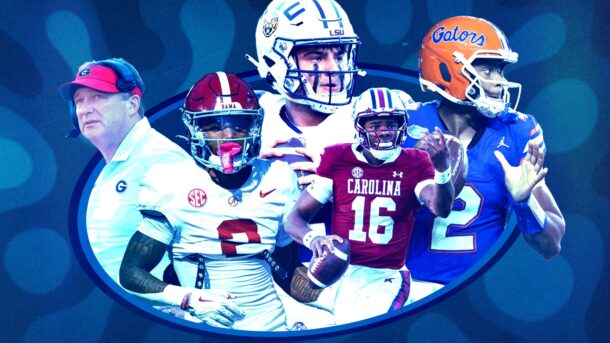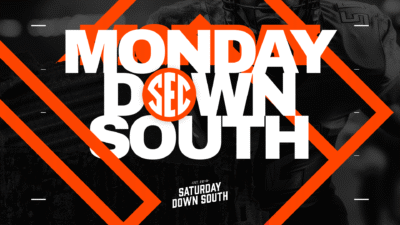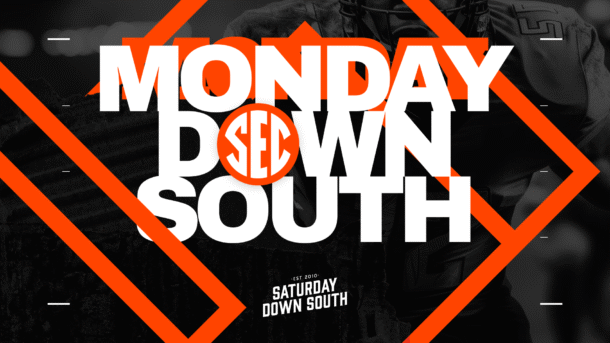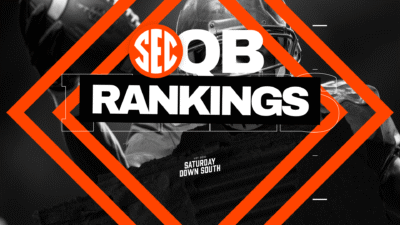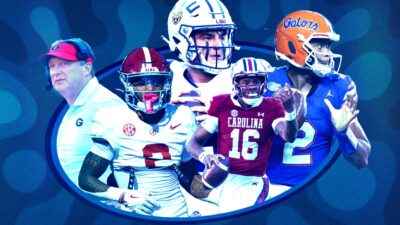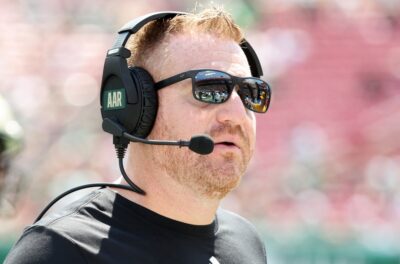Confused by targeting? Look to see more of it on Sundays as NFL adopts controversial rule
By Will Ogburn
Published:
The SEC has seen its share of debates over the NCAA’s targeting rule, which results in an automatic ejection of players for hits involving unnecessary force to the head.
It appears that the NFL will be adopting a similar rule for 2017, per the NFL’s Ian Rapoport:
The NFL rule on automatic ejections for egregious hits to the head was approved. Sounds like the competition committee expected this
— Ian Rapoport (@RapSheet) March 28, 2017
The previous version of the rule would have simply resulted in an unnecessary roughness penalty, which would be 15 yards and an automatic first down. Under the new policy, the NFL adopts the NCAA’s automatic disqualification of the offending player, adding that to the existing penalty.
A report from SB Nation states that the NFL “borrowed liberally” from the NCAA regulation which is listed as follows:
Note 1: “Targeting” means that a player takes aim at an opponent for purposes of attacking with forcible contact that goes beyond making a legal tackle or a legal block or playing the ball. Some indicators of targeting include but are not limited to:
Launch — a player leaving his feet to attack an opponent by an upward and forward thrust of the body to make forcible contact in the head or neck area
A crouch followed by an upward and forward thrust to attack with forcible contact at the head or neck area, even though one or both feet are still on the ground
Leading with helmet, shoulder, forearm, fist, hand or elbow to attack with forcible contact at the head or neck area
Lowering the head before attacking by initiating forcible contact with the crown of the helmet
The controversy of this rule comes from its implementation, not its design. While protecting athletes from helmet-to-helmet hits seem like common sense, the biggest gripe comes from the subjective nature of the rule. Though targeting plays are reviewable, the definition of the rule and its legislation can vary from case to case.
The NFL is going to have an equivalent to college football's targeting ejection.
Should go over well.— Ralph D. Russo (@ralphDrussoAP) March 28, 2017
For example, the college targeting rule isn’t limited to defense. Hits like this one by Texas A&M’s Ricky Seals-Jones are sometimes assessed as targeting due to the defensive player being “defenseless”.
On the flip side, sometimes plays like the one Alabama’s Mack Wilson made against Texas A&M are deemed “a football play” and thus legal by the referees:
There will surely be more information forthcoming as the season draws nearer, but it will be interesting to see if the NFL will truly follow through on ejecting its biggest stars based on a snap decision by referees.
A former resident of both Baton Rouge and the heart of Crimson Tide country, Will Ogburn handles multimedia content and news coverage for Saturday Down South.
